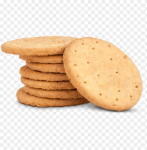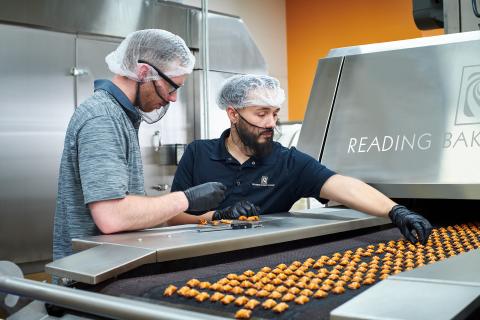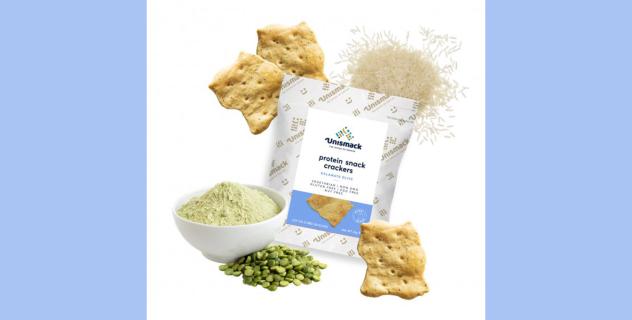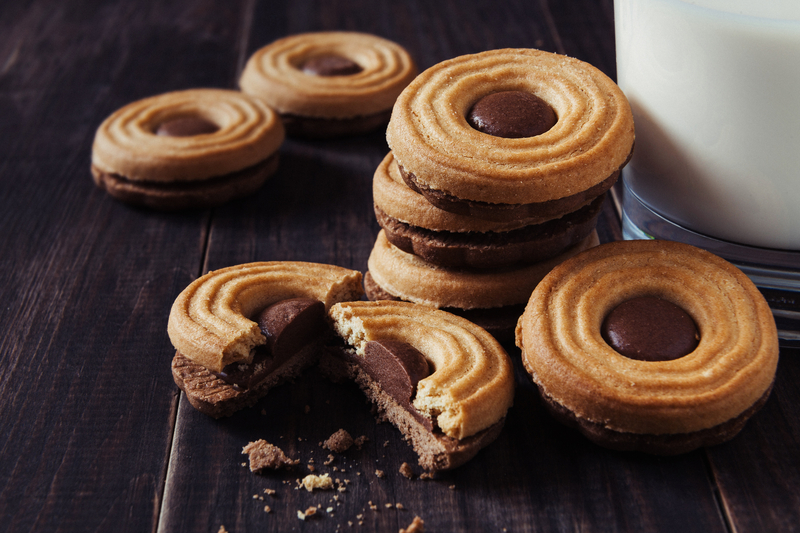Looking for testing method for gluten free cracker dough
I’m having a lot of issues with variability in the hydration of a sheeted gluten free cracker dough. I often times have to add or subtract water during a production run. This is to enable efficient sheeting of the dough or to help with curling at the belt transfers in the case of the dough being too sticky. I know where the variability in the dough is coming from and we are in the process of trying to get more consistent ingredients, but in the mean time I’m looking for any ideas for testing the dough before it’s on the line. Does anyone have experience using a texture analyzer with gluten free doughs? Ideally I’d like to be able to test the dough and then be able to eventually be able to come up with a table with the amount of water to be added or subtracted from the next batch to hit the correct dough extensibility and hydration/stickiness. My instinct and experience is what I’m using now and this can often take several batches to get the dough to the ideal and in the meanwhile we are having issues sheeting and the sheet either ripping or sticking, depending if it’s too wet or dry. Thanks for any help!


RBS hosts its first Pretzel Training Seminar on February 3-4, 2026, offering hands-on learning on ingredient selection, mixing, baking, and optimizati...

Protein snack cracker is a crispy, plant-based 20% protein snack, a protein-rich alternative to conventional snacks for consumers looking for a fulfil...

In recent years, there has been a growing demand for healthy, gluten-free snacks in the food industry. One innovative approach to meeting this demand...

Effective partnerships will therefore remain essential in addressing these new challenges in order to deliver the next generation of high technology s...

RBS has introduced a new ambient cooling conveyor that efficiently cools crackers before entering packaging in a more compact footprint.











The score is based on the number of created courses at BPA (150 points per course), the number of the lectures given at BPC (100 points per lecture), published articles (20 points for every approved article in Our Experts category ), number of resolved questions (10 points for every resolved question) and the number of asked questions (5 points for every asked question). The list is showing only top 10 biscuit industry experts.



